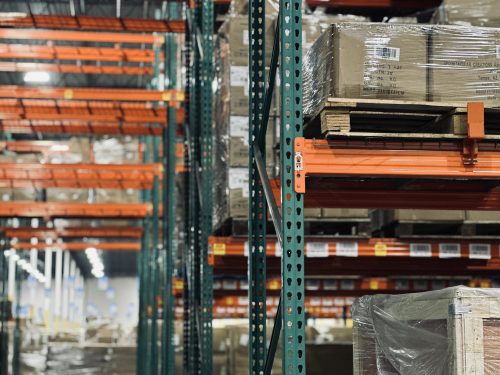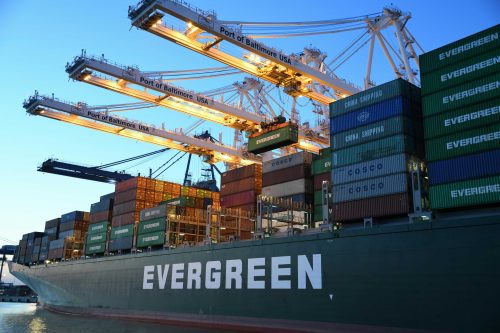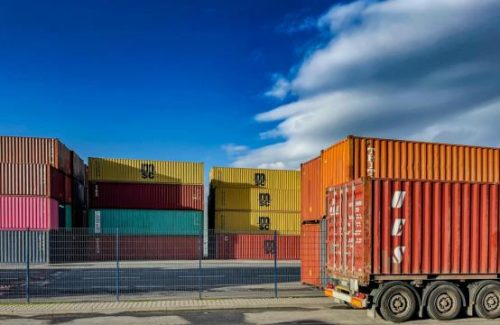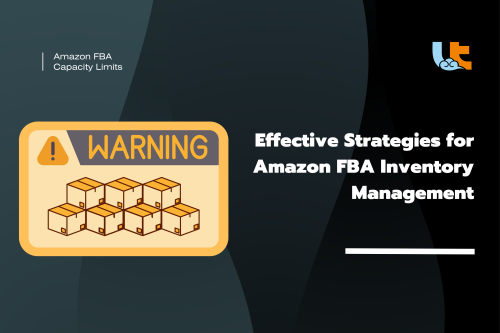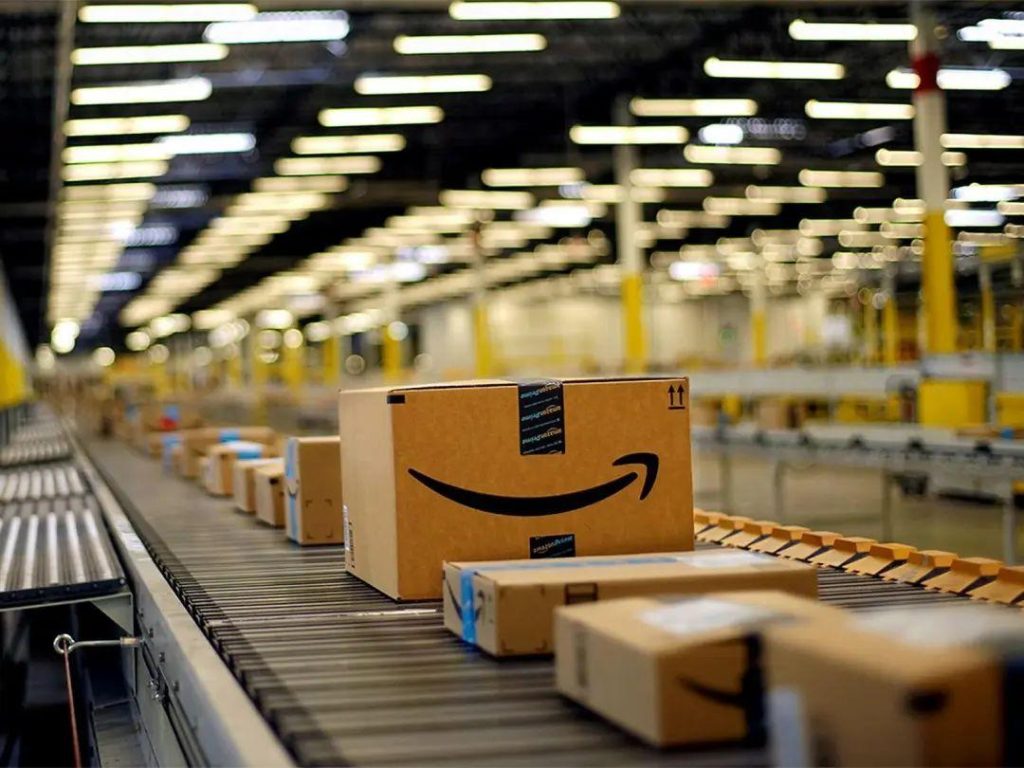
What is a fulfillment center and how does it differ from a distribution center? How do I decide which is right for my business? This article explores these differences to provide a clear understanding of their distinct functions and operations.
What is an Amazon fulfillment center?
Amazon warehouses, also known as fulfillment centers, are facilities that store, pick, pack and ship products directly to customers. Designed to handle large amounts of inventory and efficiently fulfill customer orders, these warehouses are a range of e-commerce services that Amazon.com, Inc. provides to its third-party sellers.
Features of Amazon fulfillment center:
Storage: Warehouses store a wide variety of products, ranging from electronics and clothing to household items and groceries.
Order Fulfillment: The primary function of a warehouse is to fulfill customer orders. This involves picking products from storage, packing them securely, and shipping them to customers.
Advanced Technology: Amazon warehouses are equipped with advanced technology, such as robotics, automated conveyor systems, and inventory management software, to streamline operations and improve efficiency.
Returns Processing: Warehouses also handle returns, inspecting returned items, and restocking them if they meet Amazon's quality standards.
In addition, Amazon FBA warehouses help sellers save labor, material and financial resources worldwide, and most importantly, do not affect the sale of goods even if the seller is on vacation
What is an Amazon Distribution Center?
An Amazon distribution center is a facility that primarily focuses on the efficient movement of goods within Amazon's supply chain. These centers are responsible for receiving products from suppliers, sorting them, and distributing them to various fulfillment centers or directly to customers.
Features of Amazon Distribution Centers:
Inbound and Outbound Logistics: Distribution centers handle the receipt of products from suppliers and manage their outbound shipment to fulfillment centers or customers.
Sorting and Distribution: These centers sort products based on their destination and ensure they are efficiently distributed across Amazon's network.
Cross-Docking: Distribution centers often employ cross-docking techniques, where incoming products are directly transferred to outgoing transportation with minimal storage time, speeding up the distribution process.
Supply Chain Optimization: The primary goal of distribution centers is to optimize the supply chain by ensuring timely and cost-effective movement of goods.
Key Differences Between fulfillment center and Distribution Centers
|
Feature |
Amazon fulfillment center |
Amazon Distribution Center |
|
Primary Function |
Storing, picking, packing, and shipping customer orders |
Receiving, sorting, and distributing products within the supply chain |
|
Focus |
Order fulfillment and direct customer service |
Efficient movement and distribution of goods |
|
Technology |
Advanced automation for inventory management and order fulfillment |
Systems for sorting, cross-docking, and distribution |
|
Product Handling |
Stores a wide variety of products and handles returns |
Manages inbound and outbound logistics |
|
Storage Duration |
Products may be stored for longer periods |
Minimal storage time, focus on quick distribution |
|
End-User Interaction |
Direct interaction with end customers through order fulfillment |
Indirect interaction, primarily supports fulfillment centers |
Fulfillment centers are primarily responsible for order processing, storage, and shipping, and can be divided into small sortable, large sortable, and non-sortable distribution centers based on size and function.
Distribution centers are the last stop in the delivery network and are responsible for distributing goods to end customers. Ideal for manufacturers who want a larger retail or wholesale customer base or to place goods closer to the final customer.
Ask yourself these questions: do you need to store products for a long time, or do you want your inventory to cycle quickly? Do you need to ship orders directly to consumers, or are your customers businesses or retailers? Are you suited to operate your own fulfillment warehouse, or are other companies more affordable for things like storing and shipping orders?
Also, consider your customers in this process. What is most important to my customer? Does my company offer a solution that meets their needs? Is it the logistics of bulk materials or the delivery time of small packages?
Understanding the differences between these facilities helps to understand the complexity and efficiency of Amazon's logistics operations, allowing the company to meet the high demands of the e-commerce market.


